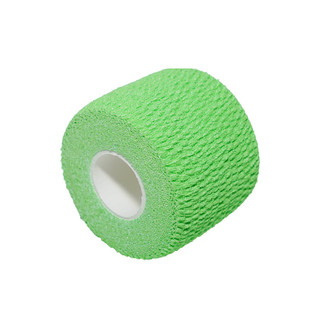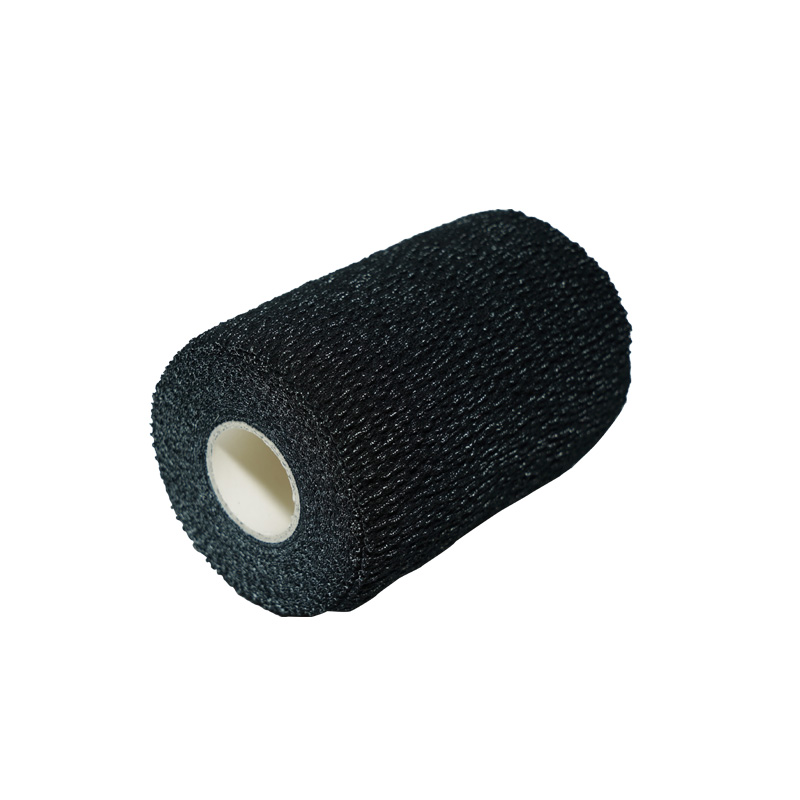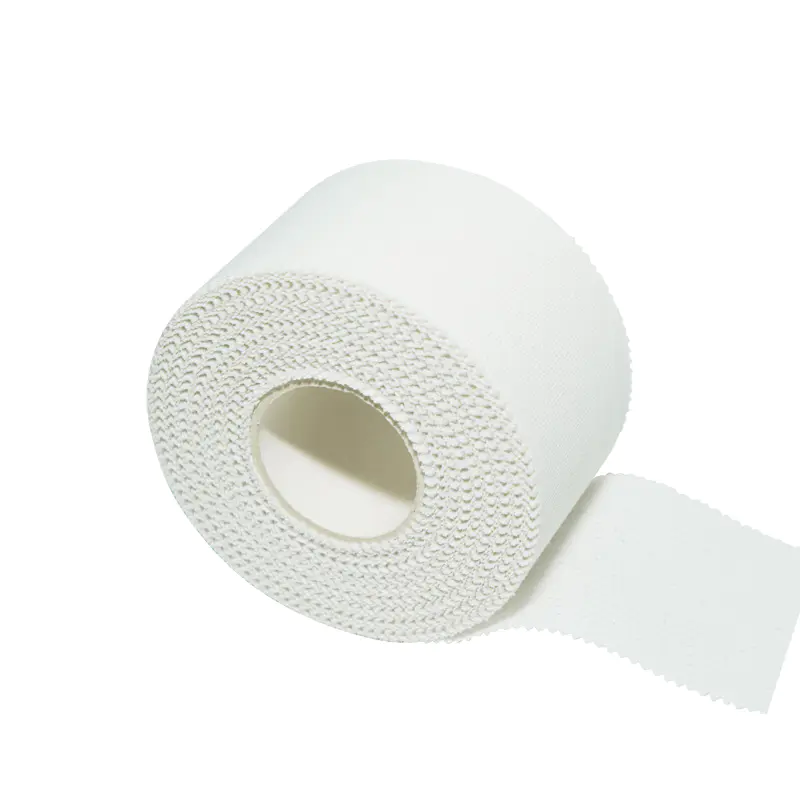In the realm of sports medicine, first aid, and physical therapy, the right choice of supportive wrap is crucial for effective injury management and prevention. Among the various options, the light elastic adhesive bandage stands out as a versatile and indispensable tool, offering a balance of support, compression, and conformability without the bulk or rigidity of traditional, heavy tapes.
A light elastic adhesive bandage (often referred to as Light EAB or sometimes a specific, lighter-weight version of Elastic Adhesive Bandage, EAB) is a stretchable fabric tape, typically made from a cotton or cotton/synthetic blend, coated with a skin-friendly, medical-grade adhesive on one side.
The key distinction of the “light” version is its reduced weight and thinner substrate compared to its “robust” or “heavy-duty” counterparts. This lighter construction is specifically designed to:
The unique properties of the light elastic adhesive bandage make it suitable for a broad range of uses in both professional and everyday settings.
One of the most common applications is for soft tissue injuries where a balance of support and mobility is needed.
For athletes, this bandage is a game-changer for prevention and performance.
Beyond direct injury support, its adhesive and elastic qualities make it excellent for secondary applications.

| Feature | Light Elastic Adhesive Bandage | Traditional Non-Elastic Tape | Cohesive (Self-Adherent) Bandage |
|---|---|---|---|
| Adhesion | Sticks securely to the skin (adhesive backing). | Sticks securely to the skin (adhesive backing). | Sticks only to itself (no adhesive on skin). |
| Conformity | Highly elastic; molds well to body contours. | Minimal to no stretch; harder to wrap contoured areas. | Elastic; conforms well to body contours. |
| Support Level | Moderate and dynamic support. | Maximum and rigid support/immobilization. | Light to moderate support; can slip on skin. |
| Breathability | Good (due to porous substrate). | Varies, can be less breathable. | Often very breathable (no adhesive on skin). |
To maximize the therapeutic value of a light elastic adhesive bandage and prevent complications, proper application is essential:
The evolution of medical supplies has made products like the light elastic adhesive bandage increasingly specialized for targeted care. Its ability to deliver robust, yet comfortable, support makes it an indispensable component of any professional medical kit. As the focus in injury rehabilitation continues to shift toward early, functional movement, the role of a flexible, reliable supportive device like this bandage will only become more prominent.







